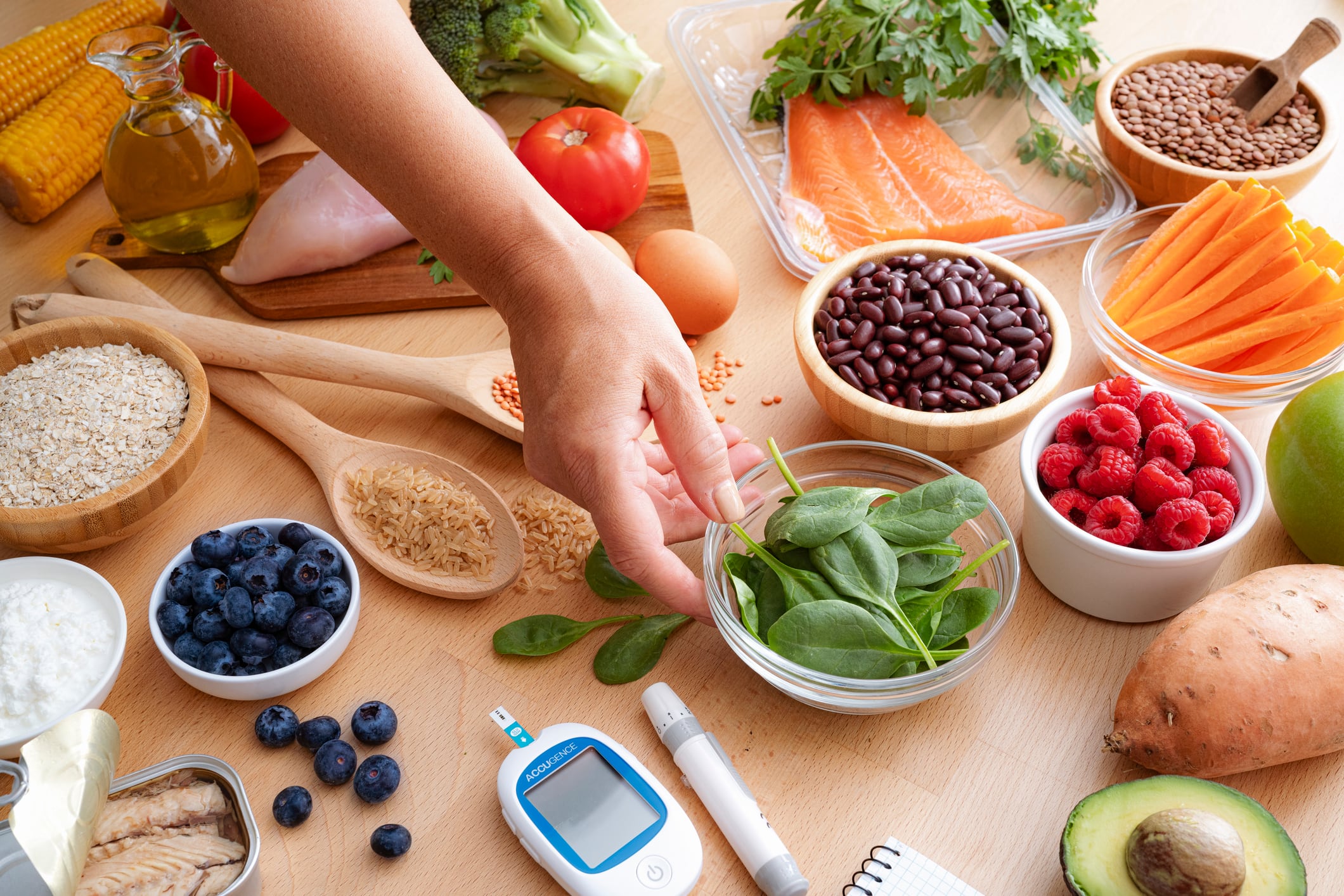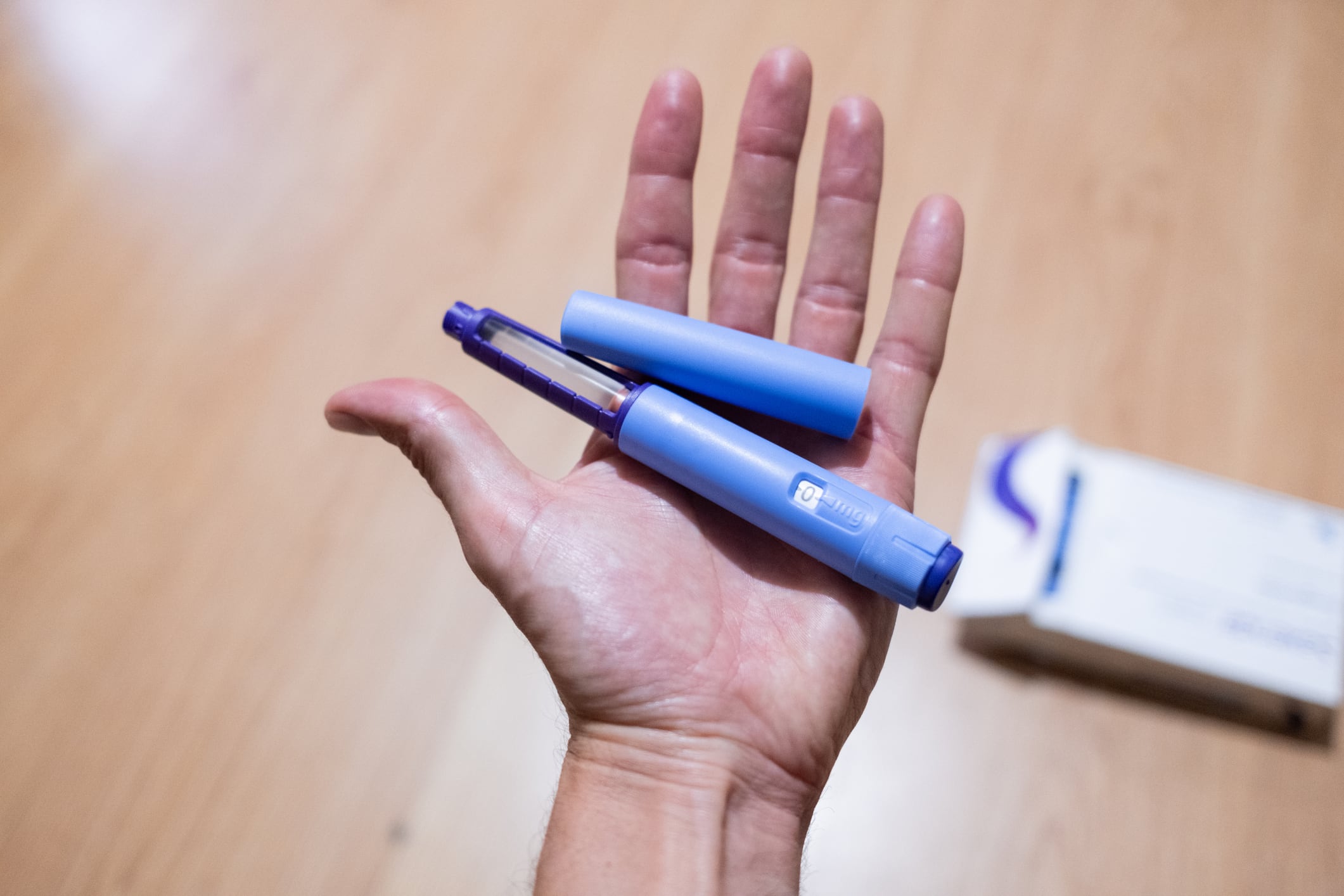The weight-loss revolution sparked by GLP-1 drugs like Ozempic and Mounjaro is doing more than changing waistlines – it’s transforming the food industry’s relationship with biology. As millions of consumers re-evaluate what, when and how they eat, a parallel movement is gaining momentum: precision nutrition.
But what exactly does that mean, and why are GLP-1s acting as a catalyst for it?
What is precision nutrition?
At its core, precision nutrition is about aligning what we eat with who we are – biologically, metabolically and behaviourally.
‘It’s really about aligning the food I take in with who I am as a biological being,” explains Tom Andriola, health tech executive and former vice chancellor at UC Irvine. “We all have a unique genome, metabolism and microbiome. Precision nutrition is how I fuel my body to drive the life I want to live.”
If consumer behaviour has evolved towards micro-cohorting, or phenotyping – slicing and segmenting audiences into smaller and smaller groups – precision nutrition takes that concept into biology itself. “The nirvana is N = 1,” says Andriola. “Foods that are perfectly aligned to drive my body to be a healthy one.”
We’re not there yet, but the market is tilting in that direction. And that’s where GLP-1 enters the picture.
How GLP-1 drugs have supercharged the movement
GLP-1 medications have exposed – and accelerated – just how much metabolism varies between individuals.
Consumers using these drugs are changing not just their calorie intake, but their entire food preferences and eating patterns. “People on these hormones are eating less, and eating different things,” Andriola notes. “That’s the first impact.”
The second impact is scientific. GLP-1 drugs have forced researchers to look closer at the metabolomics of individuals – the biochemical fingerprints that define how each of us processes food and energy. “To modify metabolism, you have to understand it,” he says. “We used to think there was only one kind of type-2 diabetic. Now we know there are at least eight different phenotypes. The same thing is happening with metabolic dysfunction – it’s exploding into many subtypes.”
This nuanced understanding is the cornerstone of precision nutrition. As the metabolic map becomes clearer, the idea of tailoring diets or functional ingredients to specific metabolic types is no longer far-fetched – it’s becoming an innovation frontier.
Beyond weight loss: towards multi-dimensional health
Unlike many past diet interventions, GLP-1 drugs aren’t just about body weight. Researchers are finding evidence for cardiovascular, neuro-protective and potentially anti-inflammatory effects as well.
“I don’t think we’ve ever seen anything like this,” says Andriola. “It’s not just metabolic optimisation – it’s making people healthier in other dimensions too. That’s why this is such a significant scientific discovery.”
The implications for food innovation are profound. If molecules influencing GLP-1 can have multi-system benefits, future foods could be designed not only to modulate appetite, but also to enhance long-term health in highly targeted ways.
The rise of personalised GLP-1 consumption
Even within the GLP-1 cohort, diversity is emerging. Some users are micro-dosing, cycling, or alternating on and off the medication. This creates a range of new consumer behaviours – and new opportunities for manufacturers to respond with differentiated products.
“It’s going to be much like Botox,” Andriola suggests. “It started as a medical treatment and evolved into a lifestyle tool. We’ll see the same with GLP-1.”
In the future, he predicts, molecules that act on the same pathways as GLP-1 may appear in foods rather than syringes. “Maybe I’ll be on the drug, or maybe there’ll be four foods prescribed in my diet whose mechanisms are in the food rather than the injection – sequenced in a way that supports my goals over six months. It’s not on or off. It’s a continuum.”
AI: the engine behind precision nutrition
Artificial intelligence is already the quiet workhorse behind this transformation.
“To demystify AI, it’s really just about using the data we generate – the digital expression of human experience,” says Andriola. “Your brain remembers an event in analogue form, but the file from this conversation is the precise digital record. That’s the power of data, and AI is simply the tool that helps us use it.”
For food and beverage manufacturers, AI means faster innovation, greater agility and hyper-personalisation.
On the R&D side, it’s already accelerating molecule discovery – helping scientists design the next generation of metabolic hormones or functional ingredients that target specific biological pathways. On the consumer side, it’s enabling phenotyping: analysing genomic, behavioural and dietary data to recommend the right nutritional combinations for each individual.
“We’ll move from one-size-fits-all to curated menus,” says Andriola. “AI will be able to look at who I am biologically, what my behaviour patterns are, and what molecules or foods best support my health, performance and sustainability goals. Then it gives me three personalised options to choose from.”
From macro trends to micro meals
As GLP-1s reshape the metabolic landscape and AI unlocks new biological insight, precision nutrition is shifting from theory to practice.
What began as a pharma revolution is now feeding directly into food innovation. Manufacturers are starting to design functional foods, beverages and supplements that support appetite control, glycaemic balance or microbiome health – all tailored to specific metabolic profiles.
And while unit economics might not make hyper-personalised products financially viable, nutrition apps such as Zoe or Yuka are likely to evolve to allow users to scan the shelves at their chosen grocery store and have AI signal nutritionally optimal choices.
Similarly, CPGs might explore modular SKUs where, for example, a base drink comes with functional ingredients that consumers add to customise their product based on their own unique body chemistry.
One thing is for certain, as consumers increasingly expect their food to perform as personally as their tech, the age of “one-size-fits-all nutrition” may soon feel as outdated as the food pyramid itself.

Don’t miss Food Navigator’s broadcast series on Weight Management
Join industry leaders and scientists on November 13 & 19 as we explore how the rise of GLP-1 weight-loss drugs is disrupting the food & beverage space – and uncover how functional foods, bioactive ingredients and next-gen formulations can reshape satiety, metabolism and brand opportunity.
Register today and claim your spot at the forefront of the “weight-management 2025” narrative.





